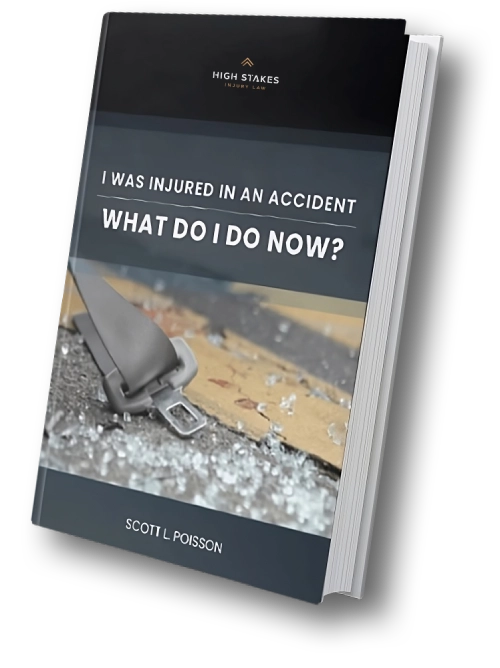No one starts out their day expecting to experience a personal injury. These often occur completely out of nowhere, and in many cases, they can change a person’s life forever. Unfortunately, countless events that have led to such injuries are the result of reckless or negligent parties. This makes the situation even more disheartening: the fact that it was avoidable but for the improper actions of another party. If you or a loved one have been harmed in such an event, you may be wondering how to move forward. A personal injury lawyer in Nevada can help answer this question and seek the justice you deserve.
At High Stakes Injury Law, our team of legal professionals has spent decades serving the people of Clark County and the surrounding areas. It’s a heartbreaking statistic, but our county alone experiences more than 2 million emergency department visits every year. While not all of these visits involve events that qualify a person for a personal injury lawsuit, it’s important to know when the circumstances rise to that level. You can learn more about your case at High Stakes Injury Law with zero risk since we offer free consultations and work on a contingency fee basis — meaning we don’t get paid unless we’re able to help you recover losses.








